Fascinating Things You Probably Didn’t Know About Roulette
Roulette is one of the most entertaining, and accessible, games in a Las Vegas casino.
Even seasoned roulette players will be surprised by some of the fascinating aspects of the game we’ve hastily slapped together.
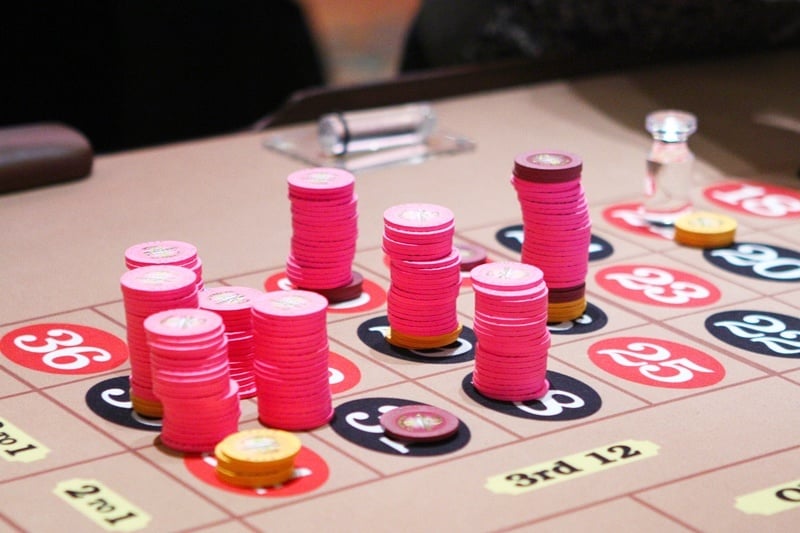
Let’s start with a couple of names for things we didn’t know had names. First, there’s a term for when a roulette dealer gathers and restacks chips, it’s called “mucking.”
Also, there’s another name for the object used to mark a winning number: A “marker” is also called a “dolly.”
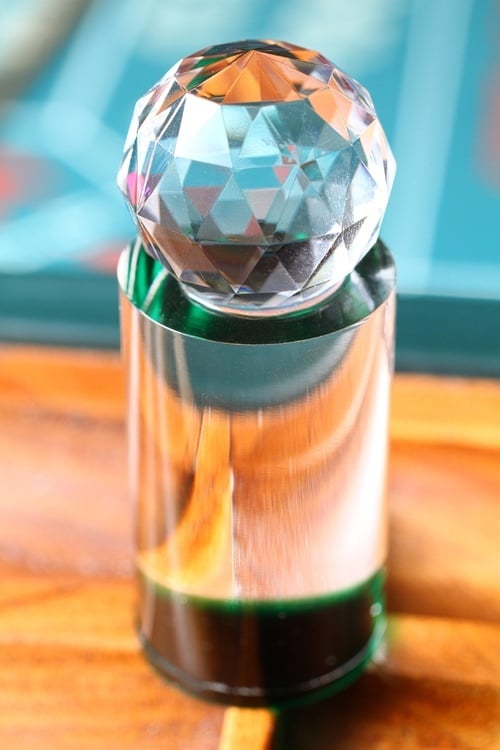
It’s also worth noting a roulette dealer is also called a “croupier.”
Are we having fun yet?
Here’s a surprising fact about roulette: Just as people are left and right-handed, there are also right-handed and left-handed tables.
If you’ve played roulette, you’re probably more familiar with the right-handed table. The wheel sits to the right side of the dealer.
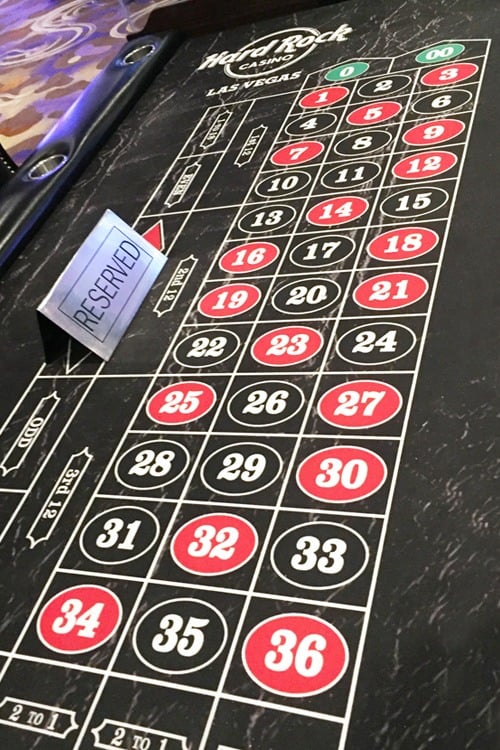
Here’s a left-handed roulette table. If you guessed the wheel is to the left of the dealer, you’re well on your way to a job as an elected official.
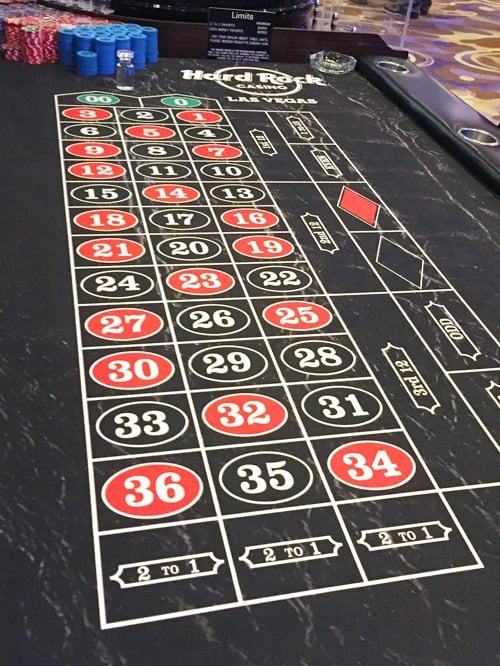
Here’s what happens when a right-handed roulette table and a left-handed roulette table hook up in Las Vegas.
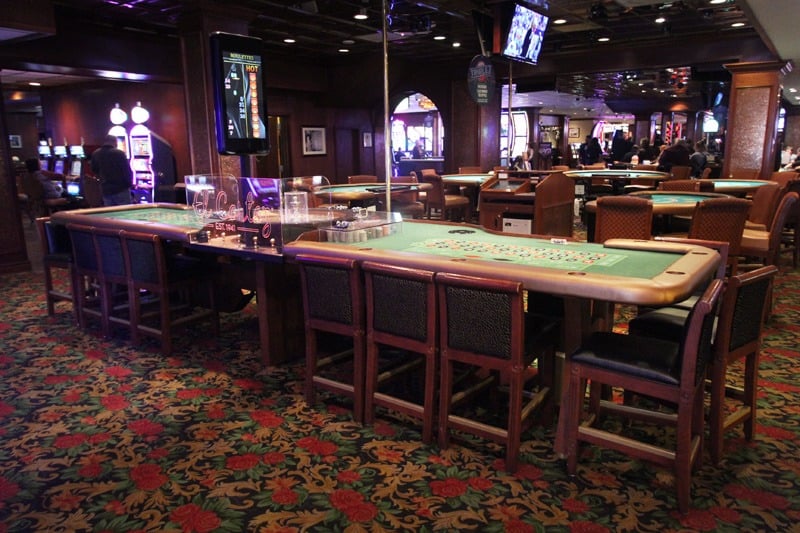
Here’s a relatively useless fact: On roulette tables, the ball spins in the opposite direction of the wheel’s rotation.
On a right-handed table, the wheel goes counter-clockwise while the ball goes clockwise. On a left-handed table, the ball goes counter-clockwise while the wheel goes clockwise.
Interestingly, a roulette dealer trained in a European casino will reverse the rotation of the wheel and ball following every spin.
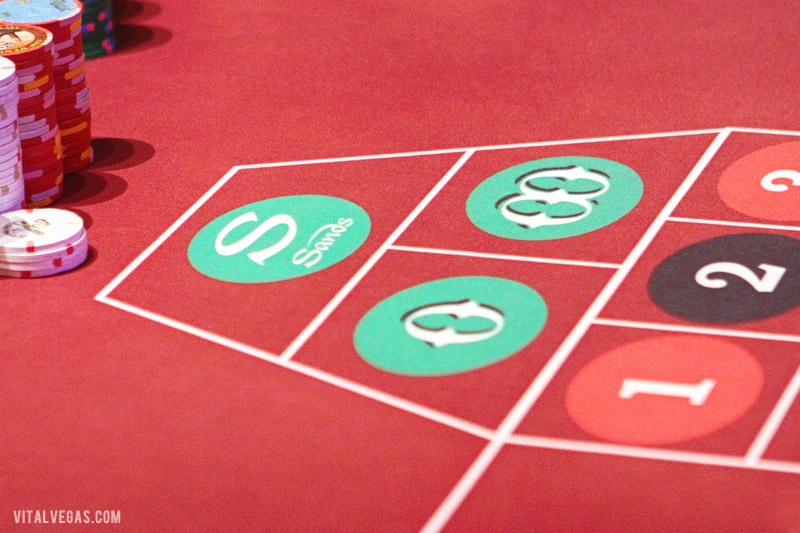
Many of the procedures and devices on a roulette table are to try and ensure the results are random.
On a roulette wheel, for example, small devices called “canoes” are installed to give the ball additional obstacles to divert the ball from a predictable path as it falls into the wheel.
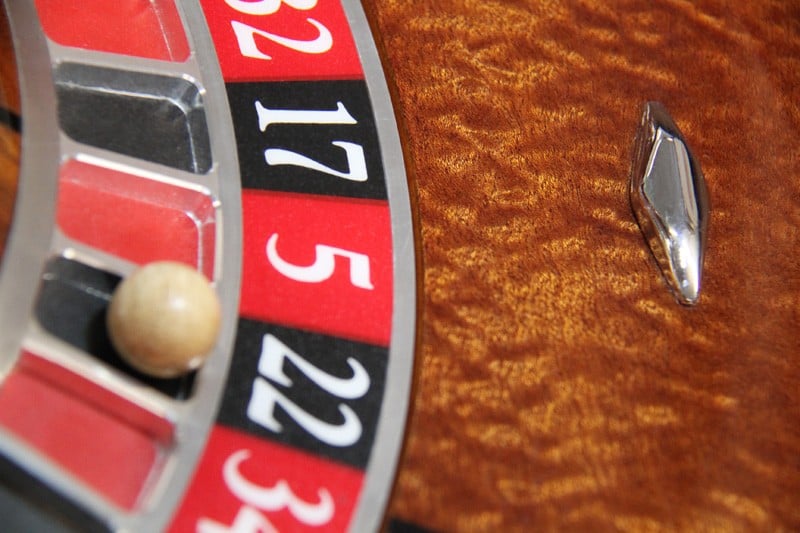
Players sometimes try to pick up on a dealer’s pattern or rhythm, called a “dealer signature,” to predict where the ball is likely to fall. When player’s see a pattern, they practice something known as “section shooting,” or betting in certain areas of the wheel to try and gain an advantage over the house.
Now, let’s talk chips!
It’s a little-known fact that dealers, when pushing stacked chips to players, can’t move the chips in a way that conceals them from the security cameras above.
Dealers spend a lot of time practicing pushing stacks of chips. If you’re ever asked, 20 is the standard number of chips in a stack at a roulette table. Try pushing five stacks of 20 chips without them tipping over!

Unlike other casino chips, roulette chips have no value away from the table and can’t be traded for cash at the casino cashier, or “cage.”
That’s because roulette chips have no set value. Players determine what value a chip will have. Chips can be worth $1, $5 or more, as stated when the player buys in.
Taking chips from a roulette table is discouraged, because it’s a common scam to buy in for a low denomination (say, $1 per chip), to take chips away from the table, then return at another time, buying in for a higher denomination (say, $5), then slipping the previous low-value chips back into the game for an immediate profit. It happens quite often, actually, and the practice is illegal.
We’ve been playing roulette quite a long time, but only recently learned about “picture bets.”
Picture bets are a way for dealers to easily recognize and pay out common chip combinations. Those chip combinations often have colorful names, and dealers memorize the names and payouts to keep games moving. (The more spins, the more money a casino makes, by the way. The house edge for double zero roulette is 5.26%.)
Think of picture bets as flash cards for dealers.
Here are a couple of picture bets, and let’s say the chips are worth $1 just to keep it simple.
The “Mickey Mouse” is two corners (each pays 8-to-1) and one straight up number (pays 35-to-one), and it pays $51.
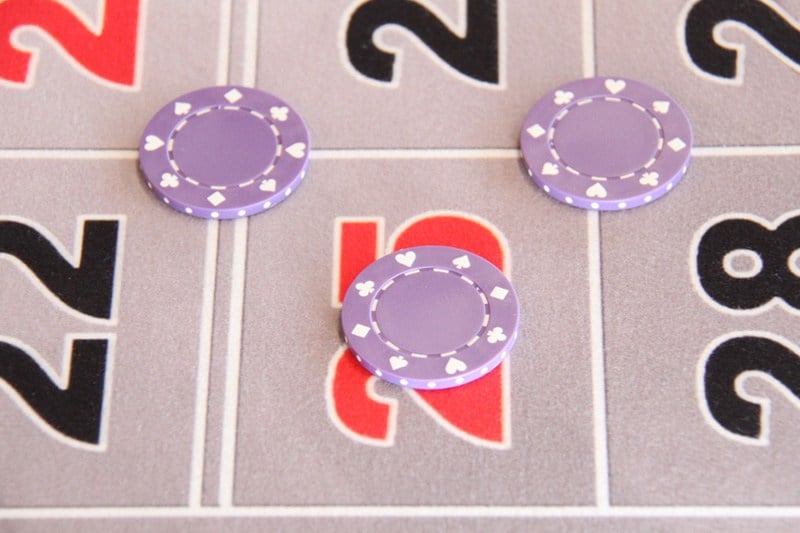
“Deck of Cards” is called that because it pays $52 (52 cards in a deck): It’s one straight up number and one split (pays 17-to-1).
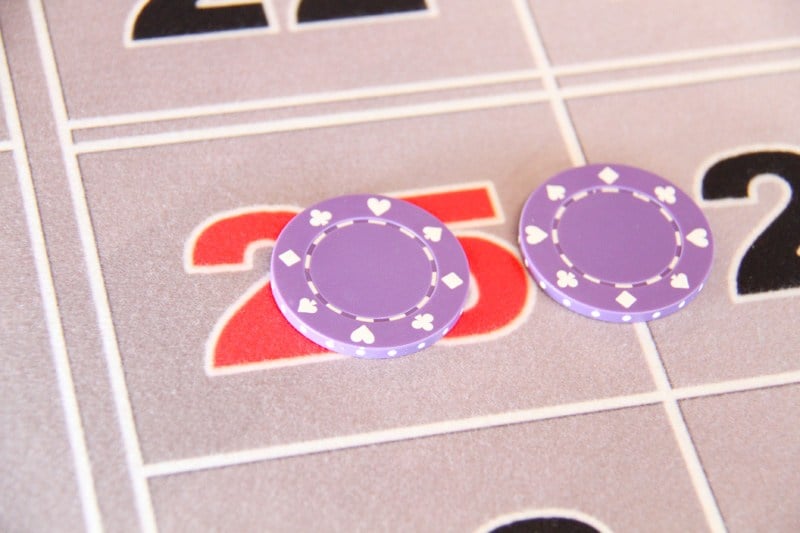
A “Basket” pays $67 for two corners and three splits. We’ll turn it on its side for you.
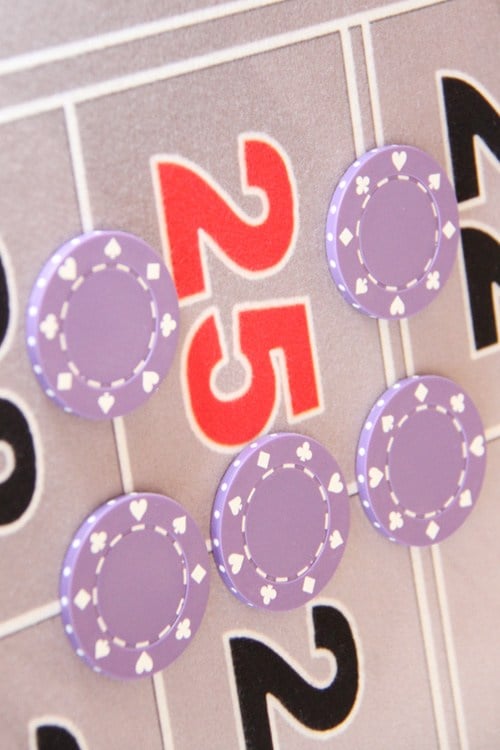
A “Picture Frame” is one straight up number, four corners and four splits. This pays a healthy $135. An “Empty Picture Frame” is the same configuration, but without the straight up number.
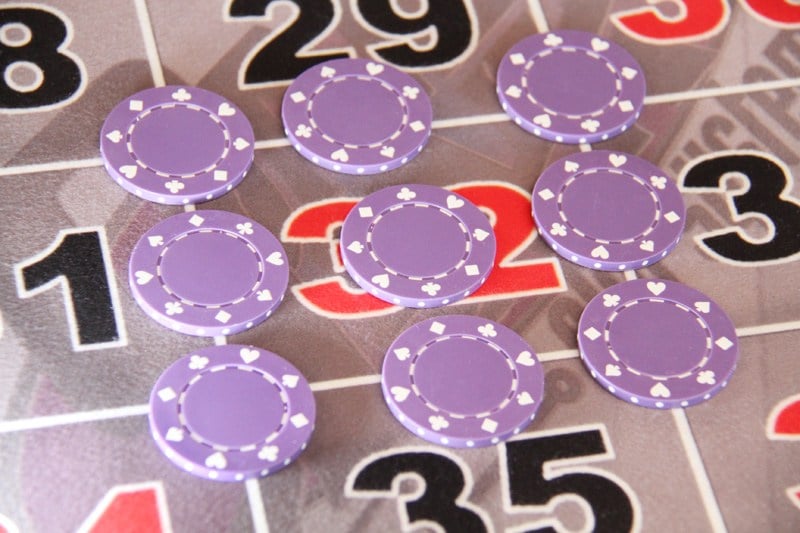
Our favorite picture bet, because it’s the dirtiest, of course, is “Dinner for Two.” This bet is two splits and a straight up number. It pays (wait for it) $69.
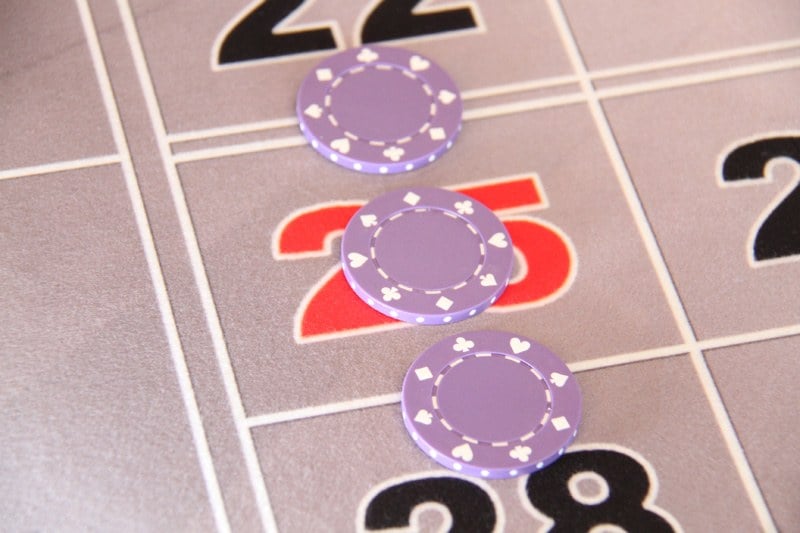
Hey, roulette dealers often have a lot of idle time on their hands!
Here’s something to watch the next time you’re near a roulette table: Notice that dealers in a live roulette game must keep the wheel in perpetual motion. It’s a gaming regulation.
Now, have fun, and give roulette a spin.

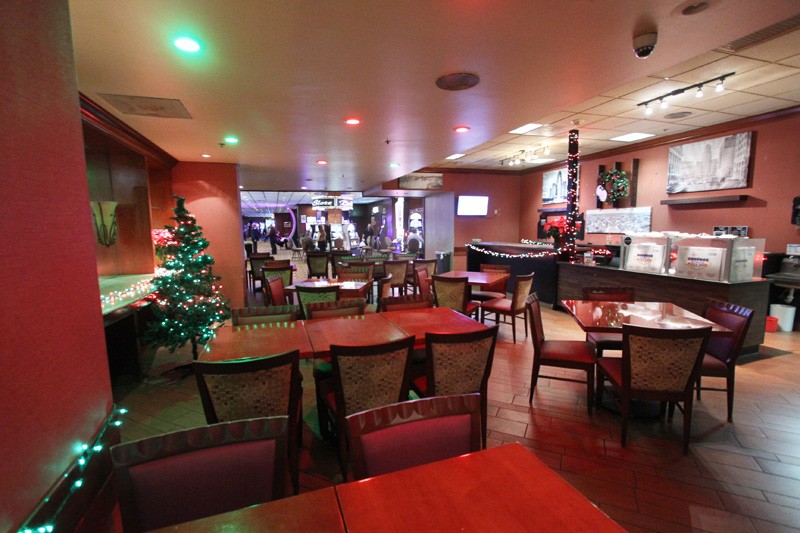
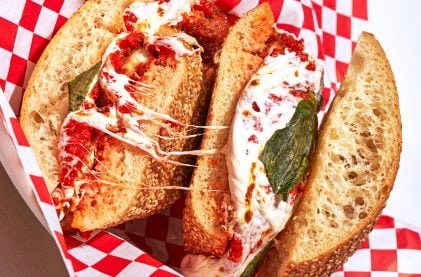


Leave your thoughts on “Fascinating Things You Probably Didn’t Know About Roulette”
20 Comments